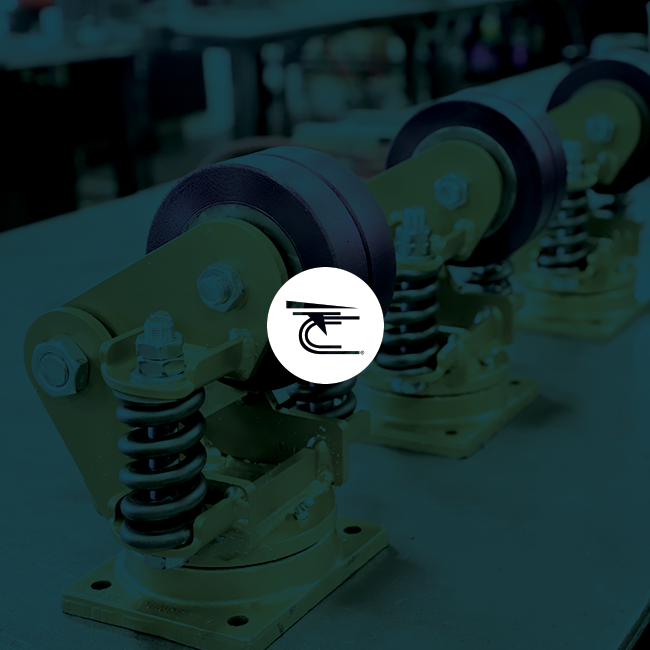

Size is one of the most important things to consider when it comes to choosing the right caster wheels size for your unique application. Failing to purchase the right size could lead to significant problems such as caster failure, injury, and slowed or stopped production. This step-by-step guide will help you choose the right size casters every time.
The area where the caster attaches to carts or racks is known as the top plate, and it’s important to obtain the right measurements. Fortunately, this is simple – just accurately measure the length and width of the plate and write these measurements down.
Much like it’s important to match the lug pattern on a wheel for your automobile, it’s vital to ensure that the casters you choose have the same bolt hole pattern as the ones that exist on your cart or rack. To get these measurements, all you have to do is measure from the center of one bolt hole to the center of the other both lengthwise and width-wise. Note these measurements alongside your top plate measurements.
Measuring the actual caster wheel dimensions is a bit more complicated, but it is easily done. You will need to measure both the diameter and the width of the existing wheel in order to make the right purchase decisions. To measure the diameter, lay the wheel flat on its side and measure from one side to the other. To measure the width, do the opposite – measure the wheel while it is upright and attached to the cart or rack from one outer edge to the other. Write these measurements down, as well.
It’s also important for you to measure the swivel radius of your existing caster dimensions since this gives you an idea of the amount of clearance you will need for the wheel to swivel as it should. Ideally, the caster should be able to swivel a full 360 degrees. To determine this measurement, lay the caster down on its side again and measure from the back edge of the wheel to the very center of the kingpin. You can use a straightedge against the wheel face to make it simpler, too. Just look at the point where your tape measure meets the straight edge to get your measurement.
Last, but most certainly not least, you will need to determine the total height of the entire caster assembly from the ground to the top of the top plate. This is simple enough and requires you to lie the entire assembly on its side and taking the appropriate measurement. Write these numbers down alongside the rest and have them handy as you research the various caster styles available to you.
Now that you have all the right measurements, it is easy to determine which casters will work for your application. Don’t forget to consider things like materials, features, weight limits, and maximum speed ratings, too, as these will ultimately influence the casters’ performance.